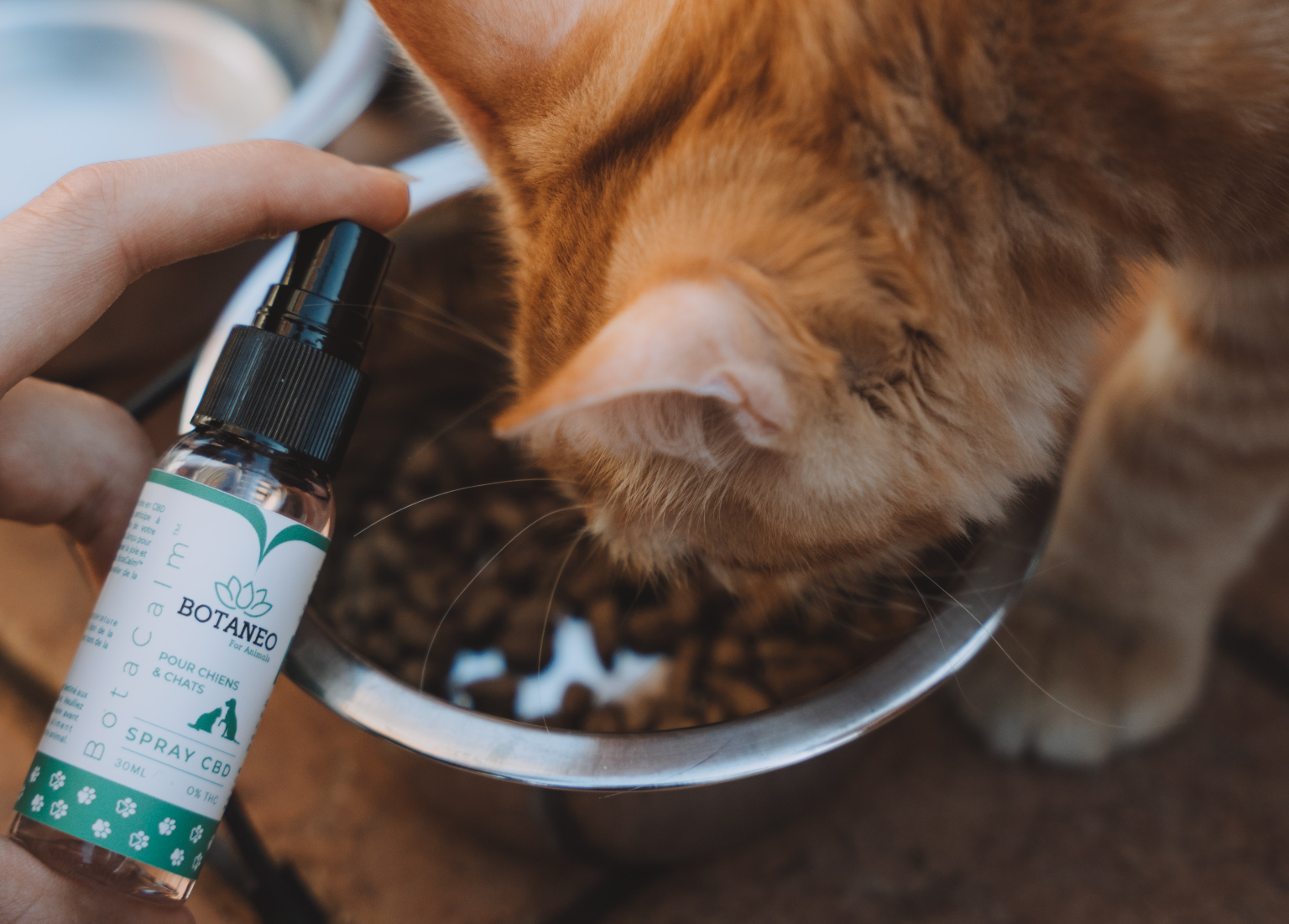Cats live happily in many different kinds of homes. Whether it’s a mansion or an efficiency apartment, a houseboat or a camper, cats accommodate well.
The strongly conditioned comforts of home include warmth and shelter, food (we recommend these high-quality indoor cat foods), at least one reliably cleaned litter box, soft places in which to sleep and groom, and a kind, social atmosphere with both human and animal family members. Throw in some good petting and scratching, and perhaps some toys to bat around, and you have the formula for feline contentment. But what about the fun of the outdoors? Do cats need to go outside, perhaps to hunt? What about exercise and sunshine? In fact, cats can have all their needs met while safely indoors.
Safety is the most important issue, and for this reason many veterinarians recommend keeping cats exclusively indoors. It’s just simple math: The average lifespan of an indoor cat is 12 to 16 years, while the average lifespan of an outdoor cat is three to five years. Why the big difference? First, cats are among the most frequently killed animals on the road, and this is especially true in rural areas where cars travel particularly fast. Cats may fall prey to neighborhood predators, including dogs, birds of prey and coyotes. The social life of an outdoor cat also includes other cats, and injuries resulting from cat fights are not uncommon. The outside world also harbors many hidden toxins. Although feline taste buds are much more fastidious than those of dogs or small children, cats do fall victim to such poisons as automotive anti-freeze, rodent bait, or metaldehyde, a slug poison. There are also health issues to consider — susceptible cats can fall victim to feline leukemia virus, feline immunodeficiency virus, rabies virus, parasites and other diseases.
In addition to the risks to safety and health, behavior problems may develop as a result of going outdoors. Cats no longer need to hunt in order to be happy, any more than they need to breed. As territorial creatures, cats are very sensitive to the presence, even the smells or sounds, of other cats in the neighborhood. Once back indoors, they are then more likely to spray urine or pick a fight with other cats in their own home.
Given all these cautions, then, how do we convince cats that it is best to just watch the world from the window ledge? The easiest way is to decide before bringing them home, and to raise them indoors. Cats accustomed to the indoors usually make no attempt to escape because of their innate caution about the unknown. But for cats who have experienced the outdoors, the transition from indoor-and-outdoor to indoor-only takes some planning and a few precautions.
Although some cats appear to accept this change with little protest, for others the transition may be a little more difficult. Owners can help by making the outdoor-to-indoor transition gradual (for example, by letting the cat out later each morning and calling her in earlier each evening). Whether the changeover is gradual or abrupt, some protest is to be expected. Be prepared for escape attempts — these can be minimized if family members come and go through a different door for awhile. Cats can also be distracted by a dish of delicious food just before owners leave the house.
Cats are creatures of habit who live habitual lives, but habits can be changed. Learning to live indoors is ultimately the safest choice.







